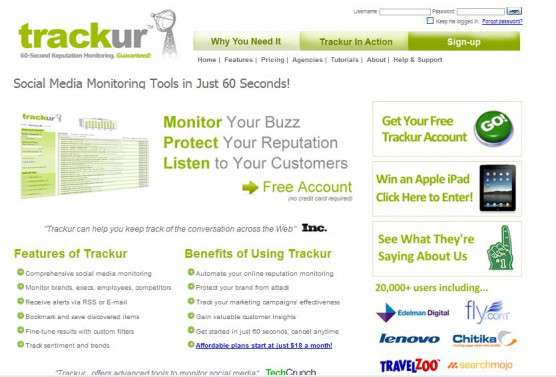Last post we discussed keyword research. Now that you have your keyword list and have tested them for effectiveness, now you are ready for step 3 of improving your website’s SEO.
3. Implement Content Optimization and Submission
Perhaps the most important aspect of improving your site’s SEO, content optimization and submission can also be quite time consuming and somewhat frustrating. There are 4 primary parts of optimizing your website for SEO (This list of 4 is certainly not exhaustive, but they are the key ones to focus on):
- using keywords in your title tags
- using keywords in the H1 tag
- using keywords throughout the body copy
- using keyword phrases as anchor text of links on other sites that point back to your website’s pages
Keywords in Title Tags
Title tags should tell both users and the search engine what a page is about. You will want to have a well written title that is both brief and descriptive for each page of your website so that they show up in the search results of search engines and can increase clicks from targeted searchers. Do not write title tags that have vague titles like "homepage" or "page 3." Titles that are stuffed with keywords and are longer than 60 characters will look spammy and also won’t help, so keep it concise 😉
Keywords in H1 Tags
Using keywords in your heading tags is also very important. There are six sizes of heading tags (H1 to H6) and they work as clues for readers to know what information is to follow. These assorted title tags should be used sparingly, generally no more than one H1 tag to a page. Also, be sure that the H1 tag represents the thesis of the page and is as close to the main targeted phrase as possible. Title tag faux pas are inconsistency in tag size, putting all the information in a title and using heading tags for styling text rather than content structure.
Keywords in Content
As you write the content for each of your site’s pages, it is important to incorporate your keywords throughout the body copy. You should use bold and italics whenever possible, without being overdone, as well as have a list (numbers, bullets, check boxes, etc.) that includes your keywords. Keep in mind that according to Jon Wuebbon, author of Content Rich: Writing Your Way to Wealth on the Web, key phrase use should make up 3-8% of an article or page, but at the same time, don’t get too concerned with the numbers when it comes to keyword density. Just make sure you are aware of the key phrases you are going after and that your text reads logically and doesn’t sound like you are stuffing in as many key phrases as you can. As you create your web page content, be sure that it is easy to read, has a unique approach, focuses on the subject, showcases your services or products and is written with people, not search engines in mind. You should not have duplicated material – even if it is original work – on your site. In addition, your webpage(s) should not have poorly written material with grammatical errors, extensive misspellings (intentional misspellings not withstanding) or excessive amounts of writing on a wide range of topics without using paragraphs, headings or subheadings.
Keywords in Anchor Text
Using keywords and phrases as anchor text on other sites is a great way to direct people to your webpage. Submit articles that contain anchor text links back to your site on sites such as Ezinearticles.com, Buzzle.com, Ehow.com and others. Be sure the text is descriptive yet short and is easily spotted. When using anchor text, do not use long text (e.g. whole sentences), overloaded keyword articles, unneeded links that detract from a site’s usefulness or use generic terms like "page" or "click here".
Once you have implemented content optimization and submission as part of improving your site’s SEO, you are nearly "finished." As you will find in step four, found in our next post, there is no such thing as being completely finished with SEO, but knowing the steps to bettering your site’s SEO is one of the best things you can do to increase business.






